- Home
- Military & Defense
- Here are the powerful Mexican drug cartels that operate in the US
Here are the powerful Mexican drug cartels that operate in the US
The Sinaloa cartel

Here are the powerful Mexican drug cartels that operate in the US
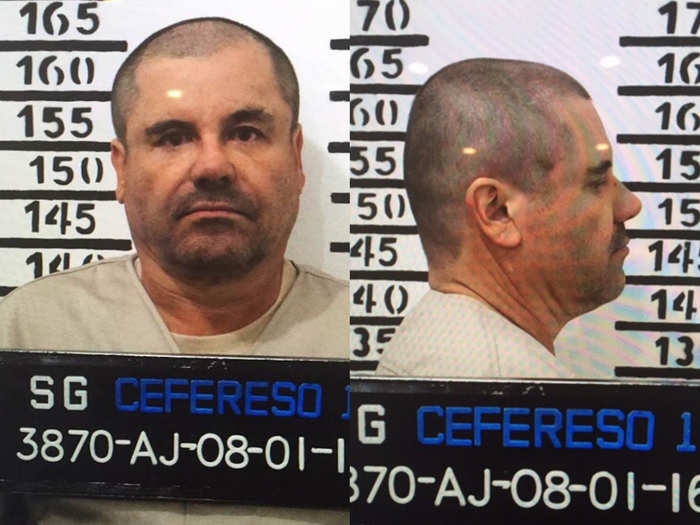
In 2013, the DEA said that Guzmán's organization shipped "80% of the heroin, cocaine, marijuana and methamphetamine" most of which flowed through the Chicago region each year, a supply with a value of $3 billion.
The DEA's 2015 National Drug Threat Assessment revealed even more extensive control, with only New Mexico and the southern half of Texas out of the Sinaloa cartel's grasp.
Here are the powerful Mexican drug cartels that operate in the US

On the morning of January 8, the Mexican government arrested Guzmán, and hours later frog-marched him from northwestern Sinaloa state, where he was captured, back to the prison near Mexico City from which he escaped in July — where he will reportedly be even more closely monitored.
Most observers believe that Guzmán will eventually end up in a US supermax facility and that his cartel will continue to operate from Mexico through its vast networks.
"The drug trade will continue to operate without 'El Chapo,' but 'El Chapo' represented drug traffickers who could defy the government," Grillo, author of "Gangster Warlords," told Business Insider.
The Jalisco New Generation Cartel (CJNG)
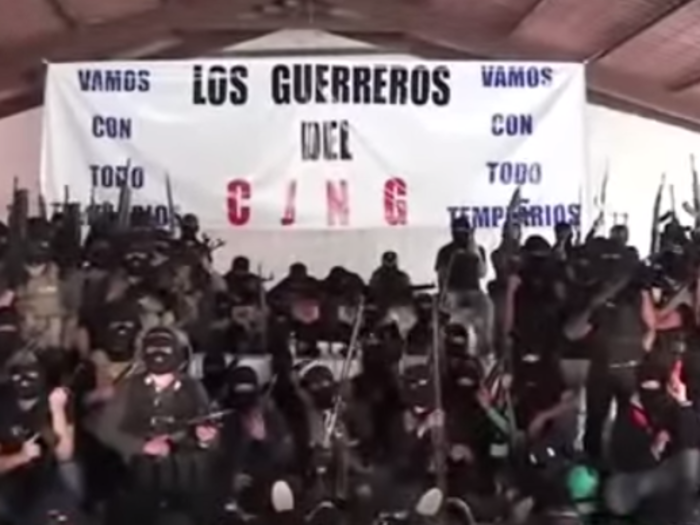
The Jalisco New Generation Cartel is one of the fastest-growing and most powerful cartels in Mexico.
According to the DEA, the group now rivals the Sinaloa cartel in terms of trafficking operations in parts of Asia, Europe, and Oceania.
"It is spreading like a cancer in Mexico," Mike Vigil, former head of international operations for the DEA told The Global Post.
"It’s the fastest expanding cartel and they could in the near future overtake the Sinaloa cartel as the most significant organized group in Mexico."
Originally part of the Sinaloa cartel, CJNG split off and formed its own organization in Jalisco, Mexico — a longtime home of drug traffickers.
At the helm is Nemesio Oseguera Cervantes, the kingpin better known as "El Mencho" — who is most likely going to take the top spot as Public Enemy No. 1 for the Mexican government, Grillo told Business Insider.
Here are the powerful Mexican drug cartels that operate in the US

Rivaling the power "El Chapo," the CJNG leader is the "top crime boss right now in Mexico," according to Tristan Reed, a security analyst for Stratfor.
"El Mencho" began violently seizing other gangs' turf and was able to expand rapidly in western Mexico's Michoacan state — where the Knights Templar cartel was deteriorating.
What's more, CJNG has the capability to build its own guns.
Here are the powerful Mexican drug cartels that operate in the US

During a raid in October 2015, investigators found evidence that CJNG members were making their own AR-15 assault rifles with "highly sophisticated machinery," according to Jalisco Attorney General Luis Carlos Najera.
Moreover, according to the US Treasury Department, the CJNG maintains a "close alliance" with Los Cuinis, another Mexican cartel, and the two organizations "have rapidly expanded their criminal empire in recent years through the use of violence and corruption," according to a Treasury official.
The Gulf cartel
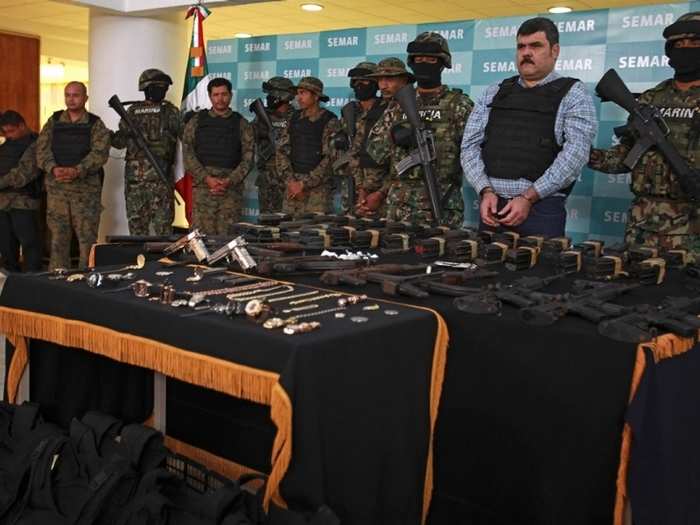
One of the oldest Mexican drug cartels, the Gulf cartel is based in eastern Mexico along the Gulf Coast states.
In the 1980s, the cartel brokered a deal with Colombia's powerful Cali Cartel by agreeing to smuggle Colombian cocaine across the Mexican border for a cool 50% of the profits.
The Gulf cartel controls a lucrative smuggling corridor along the US-Mexico border into Texas.
Here are the powerful Mexican drug cartels that operate in the US

This area of control allows the Gulf to dominate the drug trade throughout southern and eastern Texas and portions of the US Gulf Coast.
The Gulf cartel became one of the first Mexican groups to turn into a mega-operation with a dedicated military wing that eventually mutated into Los Zetas.
When the Zetas eventually violently broke from the Gulf cartel, they began waging a war for territorial control in the Gulf cartel's home state of Tamaulipas.
The Zetas are now one of the most violent criminal groups in the Western Hemisphere.
Zetas

In 1997, 31 men from the Mexican army's elite airborne group defected, joining the Gulf cartel and using their tactical and logistical know-how to act as assassins and bodyguards.
After the Gulf cartel leader was arrested in 2003 and extradited to the US, the approximately 300 members of what became known as Los Zetas struck out on their own.
True to their training, the Zetas used military-grade force to take control of territory and overwhelm their enemies.
The DEA described the Zetas as "the most technologically advanced, sophisticated and violent of these paramilitary enforcement groups," Insight Crime notes.
Here are the powerful Mexican drug cartels that operate in the US

By 2010, the Zetas controlled more than double the number of Mexican municipalities as their closest rivals, and expanded their operations as far afield as Guatemala.
During this time they were also embroiled in continuous conflict with the Gulf cartel, and, according to Insight Crime, they clashed with the Sinaloa cartel, Mexico's dominant drug-trafficking organization.
The breakup of the Zetas began in 2012, with the arrest or death of several key leaders coming over the next three years.
Presently, Insight Crime notes, the Zetas are a group of factions, generally lacking the cohesion needed to move narcotics across borders and instead relying "more on profiting from crime in territories they hold than from international drug trafficking."
According to the DEA, however, Los Zetas, or elements with the cartel, still have a presence in the US, and have partnered with gangs in American territory, as well as Colombian traffickers, to move cocaine and other drugs into the US.
Knights Templar (LCT)

The Knights Templar is a relatively new group, formed in 2010 by Servando "La Tuta" Gomez Martinez.
Martinez was previously a high-ranking member of the nearly extinct La Familia Michoacana, but he left the organization after its leader, Nazario Moreno Gonzalez, aka"El Chayo," or "El Mas Loco," was killed.
As a splinter group of La Familia, the Knights Templar employ similar strategies and trappings.
They model themselves as a "self-defense" movement, acting against other cartels on behalf of the indigenous population of Michoacana state, although the efforts have largely backfired as a popular vigilante revolt effectively pushed the Knights Templar from areas across the state.
The cartel suffered a blow in operations when Mexican authorities captured "La Tuta" in February 2015.
Here are the powerful Mexican drug cartels that operate in the US

The Knights Templar cartel still controls large amounts of the drug trade throughout the US, although it has failed to have any true regional dominance.
The organization does control drug trafficking in Portland, Oregon, and Birmingham, Alabama.
Juarez Cartel
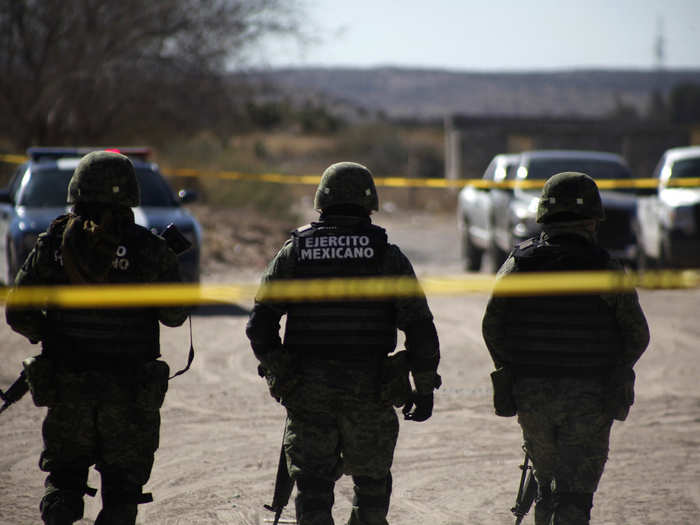
As the name suggests, the Juarez cartel is based in the Juarez municipality of Mexico's north-central Chihuahua state.
The location allows the cartel to exploit the border crossing in Ciudad Juarez, a crucial border city that gives the group easy access into El Paso, Texas.
This passageway allowed the Juarez cartel to be one of the predominant trafficking organizations in Mexico.
Here are the powerful Mexican drug cartels that operate in the US

In 2004, the organization began fighting against the Sinaloa cartel, leading Ciudad Juarez to become the murder capital of the world for three years straight, before the city's narcotics trade became under Sinaloan control.
Despite losing a large part of its market share to Sinaloa, the Juarez cartel is still among Mexico's most dominant trafficking organizations.
Beltran-Leyva Organization (BLO)
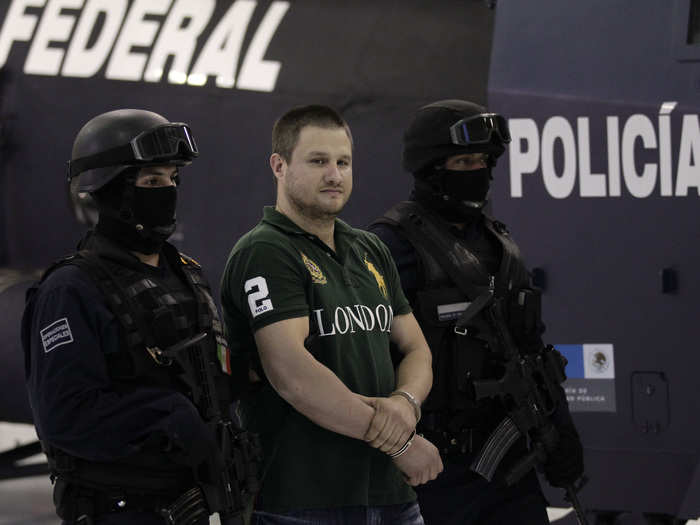
The Beltran-Leyva Organization's founders, the Beltran-Leyva brothers, were core members of the Sinaloa cartel, helping run it after "El Chapo" Guzmán's arrest in 1993 and eventually helping Guzmán escape prison in 2001.
In 2002, the brothers joined with Guzmán to form the "Alianza de Sangre," or the "Blood Alliance," and soon started acting as muscle for the Sinaloa cartel in its turf war with the vicious Los Zetas cartel.
The BLO also proved adept at corrupting public officials, according to Insight Crime.
In early 2008, suspicion that Guzmán had betrayed one of the Beltran-Leyva brothers led to a split, and clashes between the two former allies added to the intense bloodshed that swept Mexico in the late 2000s.
Here are the powerful Mexican drug cartels that operate in the US

At its peak, the BLO operated in 10 states throughout Mexico, primarily in the southwest.
It is believed to have controlled illegal activities at airports in Mexico, Monterrey, Cancun, and Acapulco, as well as hotels, restaurants, and resorts in places like Acapulco, Cancun, and Cozumel, which were used to launder money.
After 2010, the organization began to come apart, with the Beltran-Leyva brothers and many other top cartel officials captured or killed.
Though significantly weakened, the BLO has maintained some alliances with Mexican cartels, and the DEA said that in 2014 that the BLO was both active in the US and working with Colombian traffickers to move cocaine into the US.
Popular Right Now
Popular Keywords
Advertisement